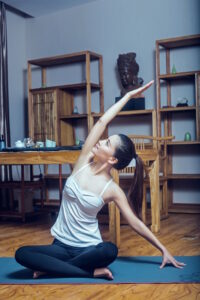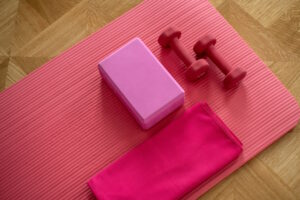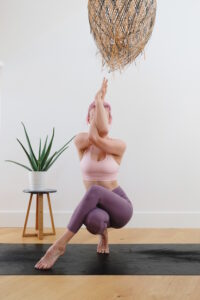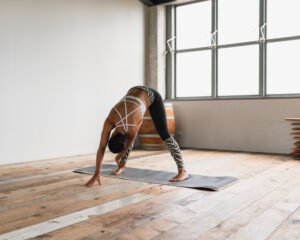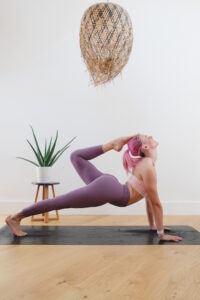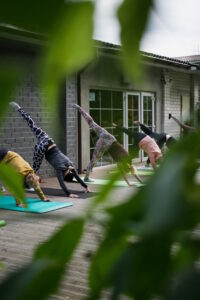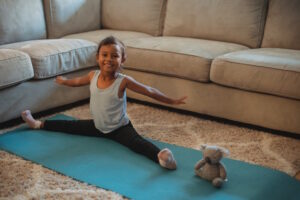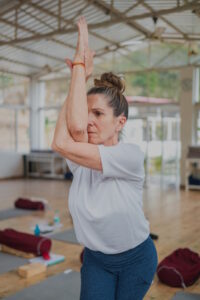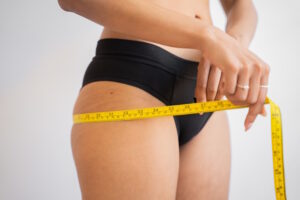
When it comes to weight loss, Pilates offers a unique approach that focuses on building core strength, improving flexibility, and enhancing overall body awareness. While it may not be as high-intensity as some other workouts, Pilates can be highly effective in supporting weight loss goals when combined with proper strategies and workout routines. In this article, we will explore the effectiveness of Pilates for weight loss, compare it to other workouts, highlight the best Pilates exercises for weight loss, and address the frequency of Pilates workouts for optimal weight loss results.
How effective are Pilates for weight loss?
Pilates can be highly effective for weight loss, although it works in a different way compared to high-intensity workouts. Pilates focuses on strengthening and toning muscles, improving posture, and increasing overall body strength and flexibility. While it may not burn as many calories per session as high-impact exercises like cardio or HIIT, it can still contribute to weight loss by building lean muscle mass, boosting metabolism, and improving body composition. Additionally, Pilates can help create a calorie deficit when combined with a balanced diet and overall healthy lifestyle.
Which is better for weight loss, Pilates or a workout?
The effectiveness of Pilates versus other workouts for weight loss depends on various factors, including personal preferences, fitness levels, and goals. High-intensity workouts like cardio or HIIT can burn more calories in a shorter amount of time, which may be beneficial for those seeking rapid weight loss. However, Pilates offers unique benefits for weight loss, such as improving muscle tone, posture, and body composition. It can also be a more sustainable and enjoyable form of exercise for some individuals, leading to consistency in their fitness routine. Ultimately, the best approach is to combine different types of exercise that suit your preferences and goals, including both Pilates and other workouts, for a well-rounded fitness regimen.
Which Pilates exercises are best for weight loss?
Several Pilates exercises are particularly effective for weight loss. Here are some key exercises to incorporate into your Pilates workout routine:
1. Hundred: This exercise targets the core muscles and increases heart rate, making it a great choice for calorie burning and overall body toning.
2. Roll Up: The Roll Up works the abdominal muscles and promotes core strength. It also engages the hip flexors, helping to tone the lower body.
3. Single Leg Circles: This exercise activates the core, hips, and leg muscles, providing a great workout for the lower body and improving flexibility.
4. Side Plank: Side Planks engage the obliques, core muscles, and upper body, helping to strengthen and tone the entire body.
5. Pilates Jumping: Pilates offers variations of jumping exercises, such as Jumping Jacks or Jumpboard exercises, which provide cardiovascular benefits and increase calorie burn.
Can you lose weight with Pilates every day?
Consistency is key when it comes to weight loss. While you can practice Pilates every day, it’s important to listen to your body and avoid overexertion. Pilates can be a low-impact exercise method that allows for daily practice without excessive strain on the joints. However, it’s also important to incorporate rest days into your routine to allow for muscle recovery and prevent injury. For most individuals, a combination of Pilates and other forms of exercise throughout the week, along with a balanced diet, will yield the best weight loss results.
In summary, Pilates can be an effective tool for weight loss when combined with suitable strategies and workout routines. While it may not burn as many calories as high-intensity workouts, Pilates offers unique benefits such as improved muscle tone, posture, and body composition. By incorporating specific Pilates exercises that target the core, lower body, and overall strength, individuals can achieve weight loss goals while enjoying a sustainable and enjoyable fitness routine. Remember to find a balance that works for you, combining Pilates with other forms of exercise and maintaining a healthy lifestyle for optimal results.
